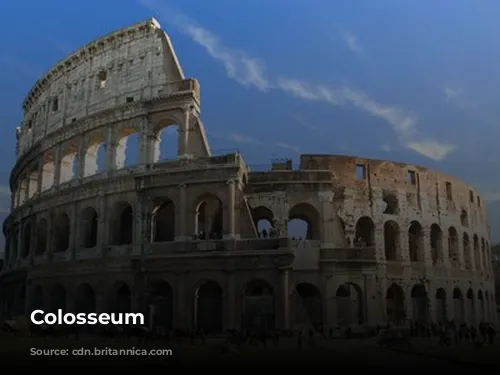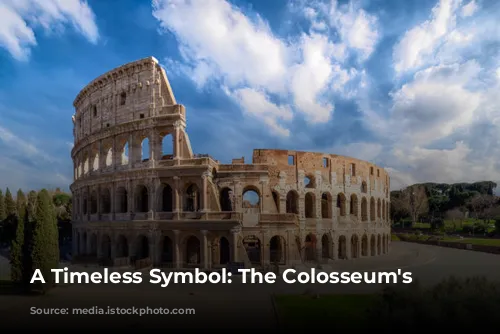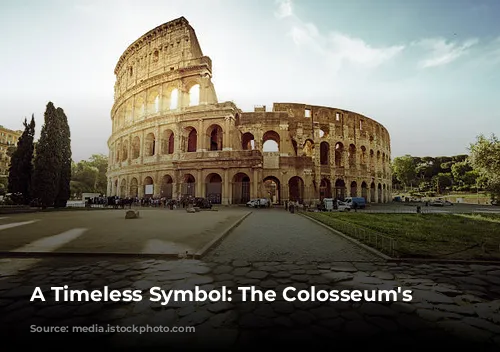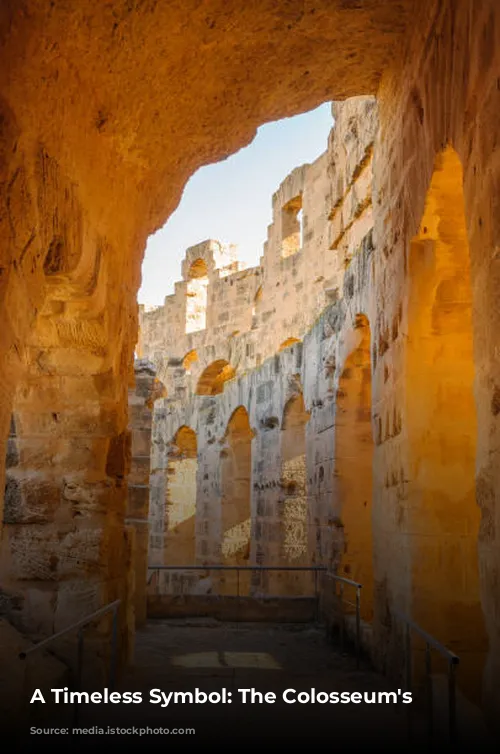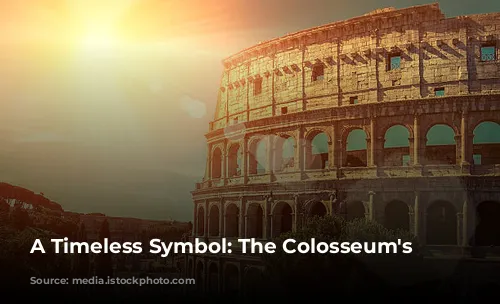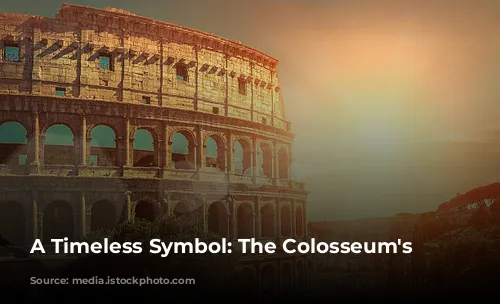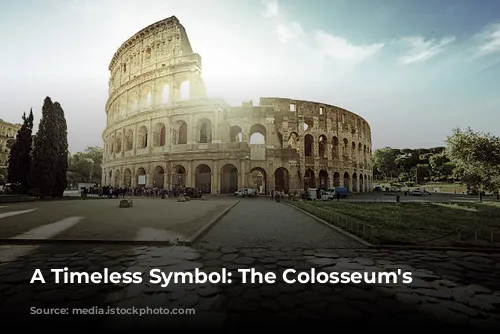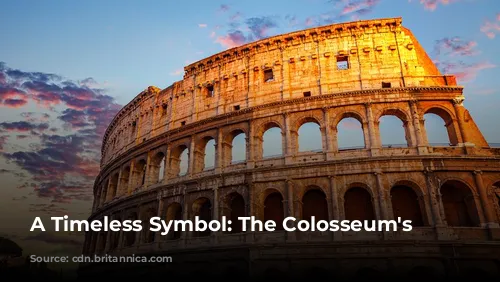The Colosseum, a magnificent structure that has stood the test of time, serves as a powerful testament to the architectural and engineering brilliance of ancient Rome. Its presence is not just a visual delight but also a major economic driver for Italy, attracting millions of visitors each year. In 2018 alone, the Colosseum, along with the Roman Forum and Palatine Hill, generated an impressive $63.3 million (€53.8 million) in revenue, making it the most profitable tourist attraction in Italy.
A Monument to Rome’s Past
The Colosseum’s journey has been marked by both glory and neglect. After the fall of the Western Roman Empire, the once vibrant arena fell into disrepair. The Frangipane and Annibaldi families, seeking refuge, transformed it into their fortress during the 12th century. A century later, Pope Alexander VI even permitted the Colosseum’s stones to be used as building materials. However, after a millennium of neglect, the Colosseum was finally granted a lifeline in the 1990s when state-funded restoration efforts began.
A Symbol of Imperial Power
The construction of the Colosseum was a strategic move by Emperor Vespasian to rejuvenate Rome following the tumultuous year known as the “Year of the Four Emperors” in 69 CE. Like other amphitheaters, Vespasian envisioned the Colosseum as an entertainment venue, hosting spectacular events like gladiator fights, animal hunts, and even mock naval battles.
From Humble Beginnings to Global Icon
The Colosseum’s construction began under Vespasian between 70 and 72 CE, with its grand opening in 80 CE by his son and successor, Titus. The Colosseum’s fourth story was later added by Emperor Domitian in 82 CE. It is interesting to note that the arena was financed by the spoils from Titus’s conquest of Jerusalem in 70 CE and built with the labor of enslaved Jews from Judaea.
An Architectural Marvel
The Colosseum, also known as the Flavian Amphitheatre, is an elliptical structure built with stone, concrete, and tuff. Towering at four stories, it stands at an impressive 620 by 513 feet (189 by 156 meters) and had a capacity of 50,000 spectators. This grand arena was famously used for gladiatorial combat, showcasing the raw power and brutality of ancient Rome.
A Symbol of Power and Entertainment
Located east of the Palatine Hill, the Colosseum was built on the site of Nero’s Golden House, replacing the artificial lake that was its centerpiece. This decision was both symbolic and practical, as Vespasian, who had a humble beginning, chose to replace the tyrannical emperor’s private space with a public amphitheater, a testament to his desire to connect with the Roman people.
Engineering Brilliance
Unlike earlier amphitheaters, which were often built into hillsides for added support, the Colosseum was a freestanding structure, showcasing Roman engineering ingenuity. The complex system of barrel vaults and groin vaults, along with the use of travertine, volcanic tufa, and concrete, allowed the arena to withstand the test of time. The structure’s three tiers are adorned with arcades, framed by engaged columns in the Doric, Ionic, and Corinthian styles, a design that later influenced Renaissance architecture.
A Glimpse into Ancient Rome
The Colosseum provided an unforgettable experience for its spectators. The arena was equipped with a retractable awning, called a velarium, supported by masts extending from the top story. Hundreds of Roman sailors were responsible for manipulating the rigging to shield the crowd from the sun. The Colosseum witnessed countless gladiatorial combats, animal hunts, and even mock naval battles. Although there is no definitive proof, it is believed that the arena may have been the site of early Christian martyrdom.
From Glory to Revival
Over time, the Colosseum faced a decline, its glory overshadowed by the passage of time. It was repurposed as a church and later as a fortress by the Frangipane and Annibaldi families. Further damage was inflicted by lightning, earthquakes, vandalism, and pollution, leading to the loss of its marble seats and decorative materials. However, the 19th century witnessed renewed efforts to preserve the Colosseum, with notable contributions from Pope Pius VIII, and a major restoration project was undertaken in the 1990s.
A Timeless Legacy
Today, the Colosseum remains one of Rome’s most iconic attractions, welcoming close to seven million visitors annually. The arena continues to serve as a powerful reminder of ancient Rome’s grandeur and the resilience of its cultural heritage. Regularly changing exhibitions showcase the captivating world of ancient Roman culture, drawing visitors closer to the past and captivating their imaginations.


